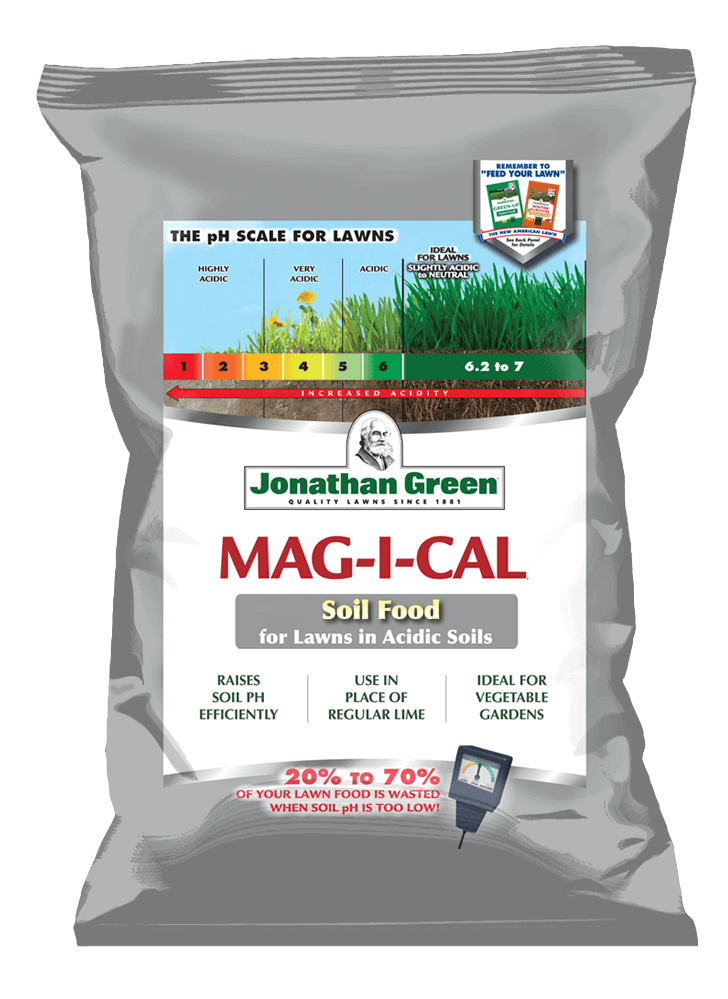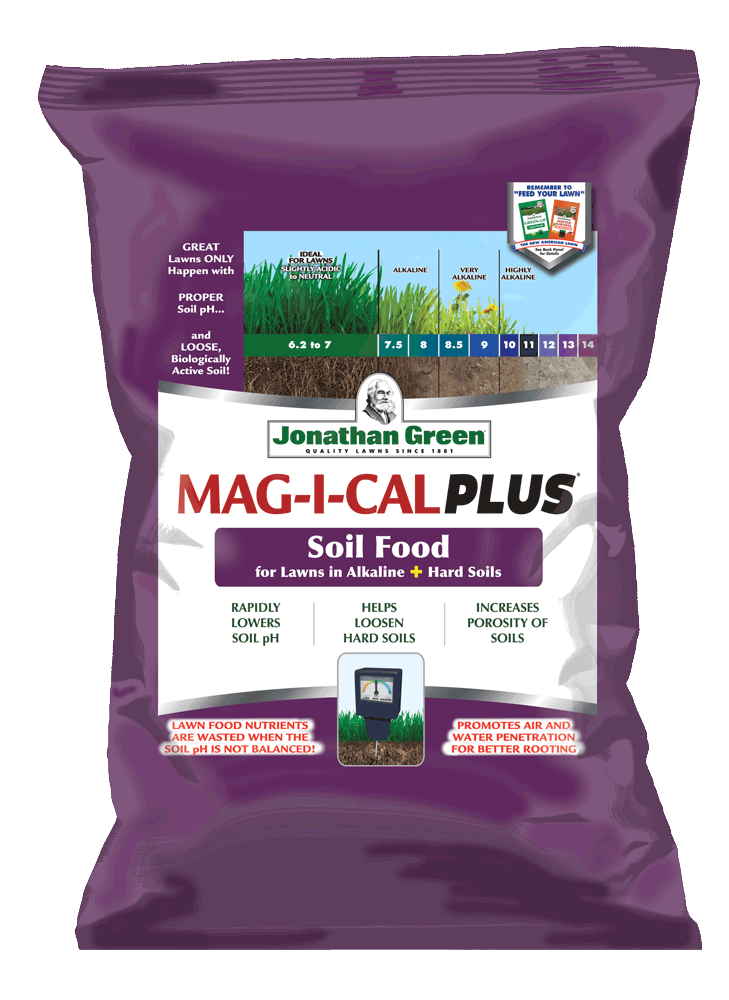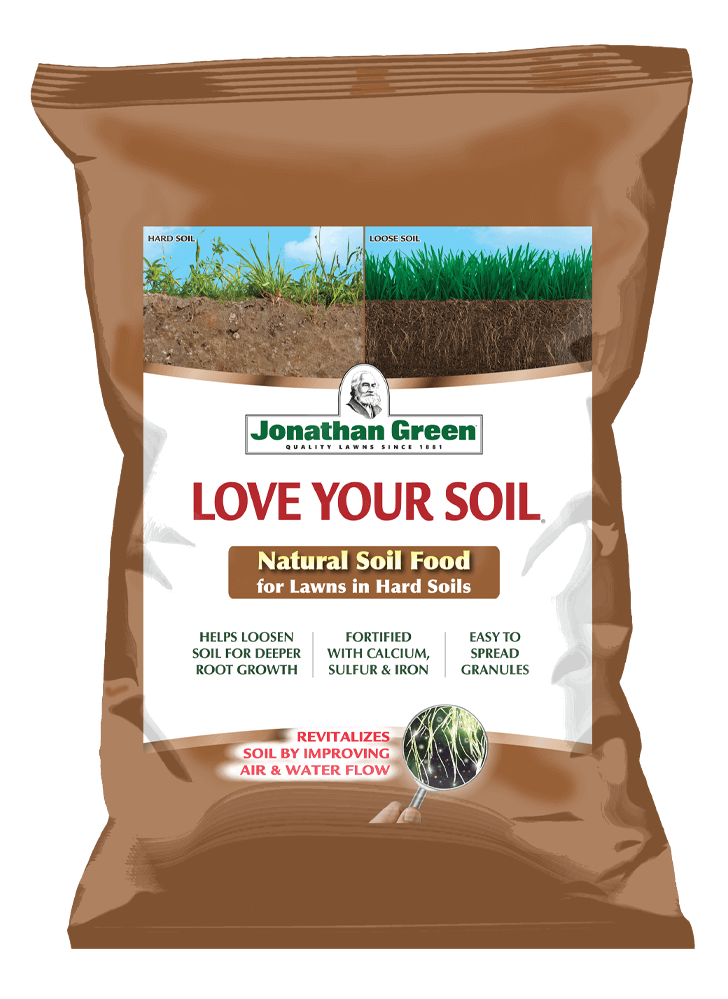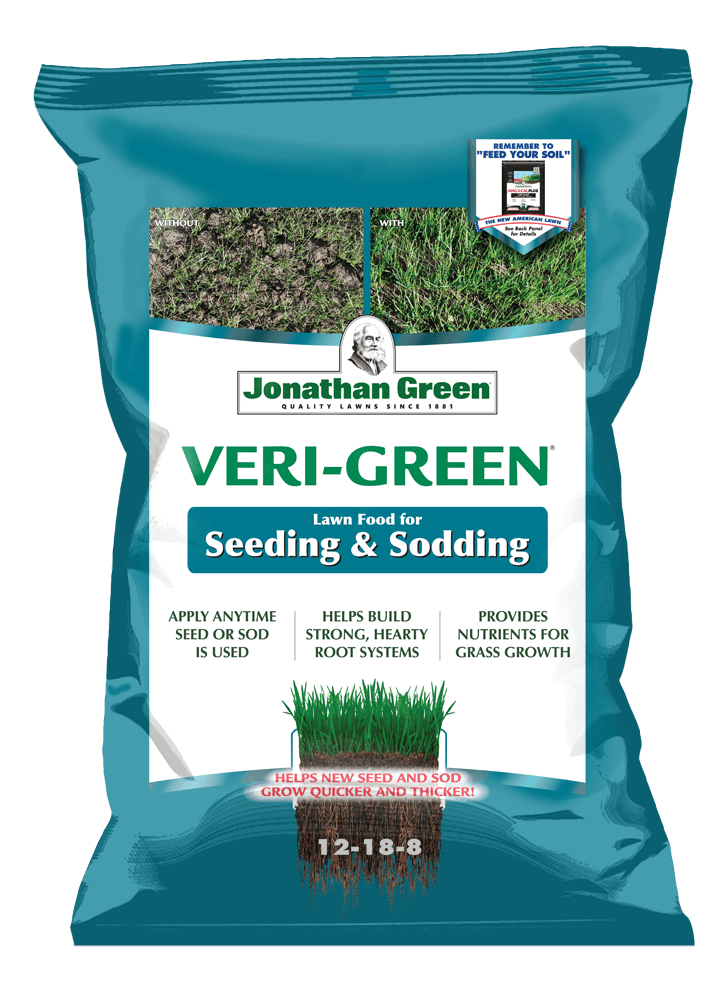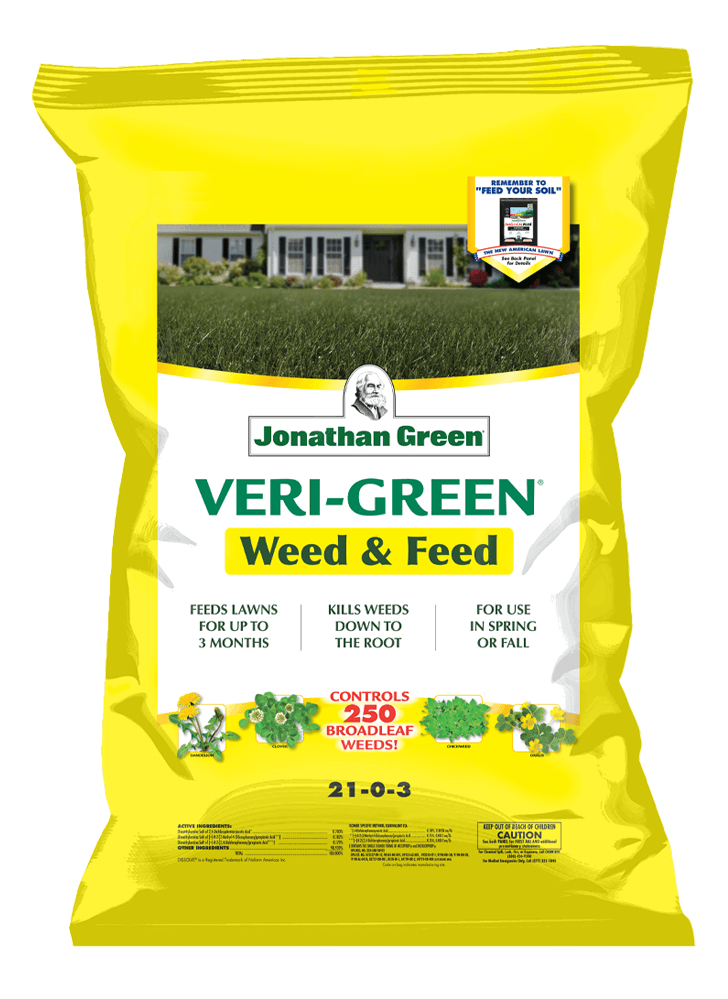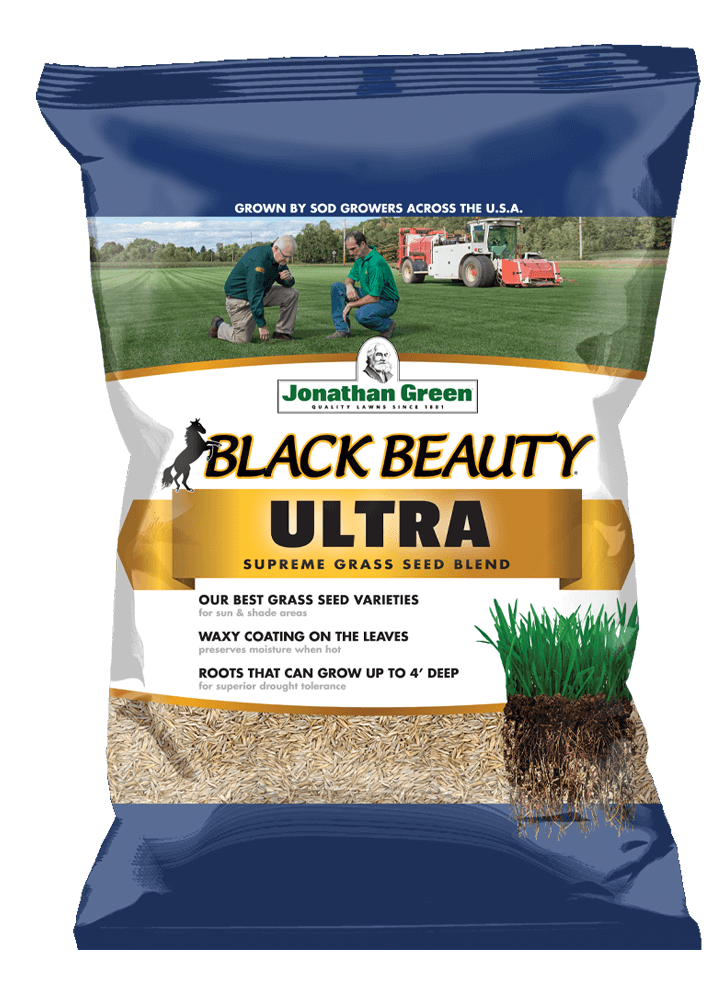Seeding After Fertilizing Lawn
Seeding a lawn requires careful preparation to encourage proper seed germination and growth, and fertilizer will help the new grass grow thick and healthy. At Jonathan Green, we have some great tips for fertilizing and seeding.
Lush green lawns are our business. We are innovators and leaders in creating the finest quality grass seed and have been working on our genetically superior grass seed since 1881. Today, Jonathan Green has an entire line of lawn care products that can turn any lawn into one that is healthy and green.
Prepare the Soil
The very best time to sow grass seeds is in early fall when the majority of the summer heat has passed and the soil is still warm enough to support germination. For most parts of the country, this will be from late August to early October.
Two weeks before you seed, test your soil to look for any deficiencies. (You can purchase a pH tester from your local hardware or garden supply store.) The ideal pH range for growing grass effectively is between 6.2 and 7.0.
MAG-I-CAL® is specially formulated to quickly raise or lower your soil’s pH to the ideal range. For pH that falls below 6.2, use Mag-I-Cal® for Lawns in Acidic Soil to rapidly raise pH. For pH that is above 7, use Mag-I-Cal® Plus for Lawns in Alkaline & Hard Soil to lower pH. MAG-I-CAL® can be applied on the same day you seed.
Now that you have balanced the soil pH, loosen and aerate it to promote root growth. This can be done with Love Your Soil®. Our innovative soil treatment activates the microbes within the soil. Once activated, the microbes allow for nutrients to be easily absorbed by the grass roots, resulting in stronger, heartier grass. Love Your Soil® can be applied the same day as the grass seed and the MAG-I-CAL®.
Add Fertilizer
A starter fertilizer like Jonathan Green Veri-Green Starter Fertilizer for Seeding & Sodding is a high phosphorus formula that can be applied anytime seed or sod is used. It helps to build a vigorous root system and gets new grass plantings off to a fast start for a thicker, greener lawn.
Weed and feed products that combine fertilizer and herbicide, such as Jonathan Green’s Veri-Green Weed & Feed Lawn Fertilizer, should not be applied immediately before or after seeding. The herbicides will kill young seeds and can slow or prevent germination.
Select the Best Seed
Used by leading sod growers across the country, Jonathan Green’s genetically superior Black Beauty® grass seed creates a lawn full of grass that:
- Is deep rooted (can grow roots up to 4 feet deep);
- Exhibits an invisible waxy coating (like the waxy skin on an apple) that wards off disease and locks in moisture;
- Has leaves that are dark green, lush, and uniform in texture;
- Grows well in both full sun as well as partial shade;
- Is bred to contain endophytes so it’s naturally insect resistant
Black Beauty® Ultra Grass Seed, for example, is most similar to what is found on sod farms and is ideal for sunny and shady areas. It contains proprietary, elite varieties of tall fescue, Kentucky bluegrass and perennial ryegrass that will grow a naturally vibrant dark green and lush lawn with excellent heat and drought tolerance. Black Beauty® Ultra Grass Seed germinates in about 14 days.
Mentioned Products
If you are fertilizing and seeding your lawn on the same day, you should broadcast the food and seed separately, one after the other, and it does not matter which order you spread them in. You can also place both fertilizer and seed into the same spreader, but be careful to thoroughly mix them to avoid an unequal distribution of seed and food.
Visit JonathanGreen.com to learn more about seeding after fertilizing your lawn, or stop by your local independent garden center or hardware store for answers to your lawn feeding and seeding questions.
